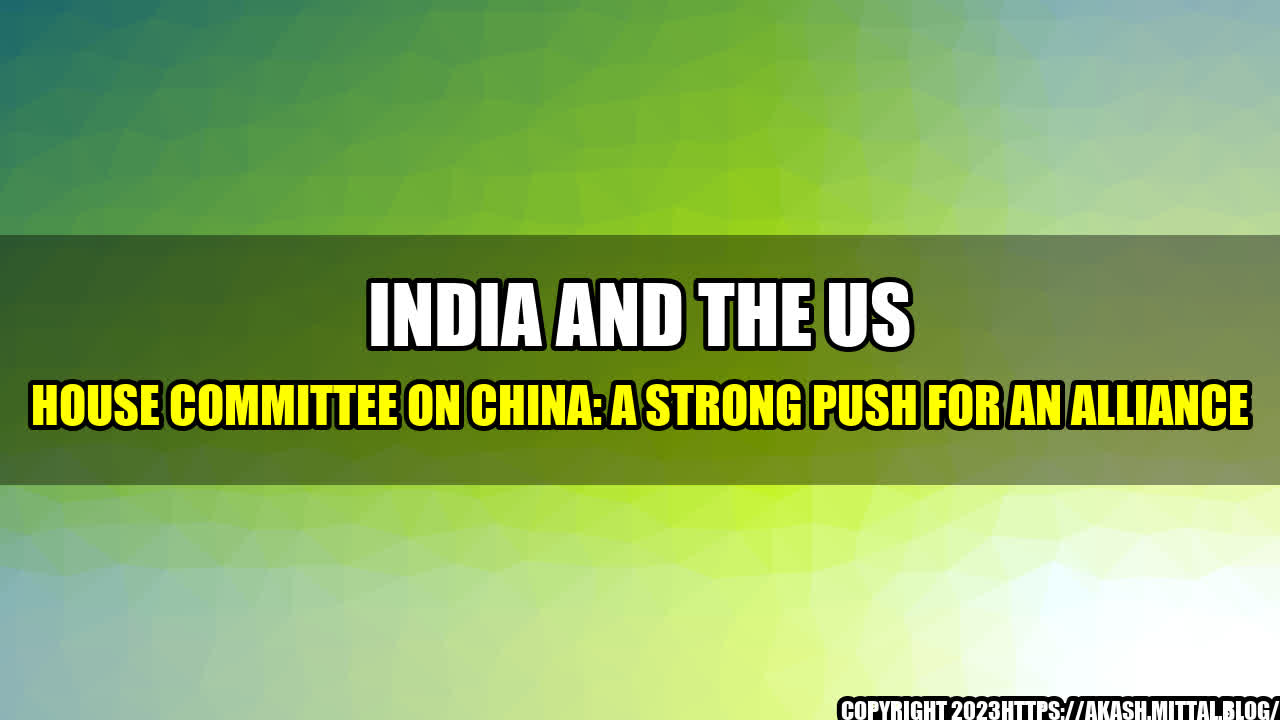In the small Indian village of Chennuru, a group of farmers gathered around the radio, hoping to catch a cricket match. But instead of the quiet lull of commentary, they were met with a stern voice from the radio, announcing that China had invaded Indian territory in the Ladakh region. Farmers, who knew little about geopolitics, listened with growing concern as their government vowed to stand up to the Chinese aggression.
The India-China border clash of 2020, which resulted in the deaths of 20 Indian soldiers, was a turning point. It signaled a shift in India's stance towards China, and led to a strengthening of ties with the US.
The US House Committee on China released a report in 2021 calling for a strong US-India partnership to counter China's economic and military influence. The report cited numerous examples of Chinese aggression, including cyberattacks and trade imbalances, and called for a coordinated effort between the US and India to combat these threats.
The US and India have also entered into defense agreements, including the Basic Exchange and Cooperation Agreement (BECA) and the Logistics Exchange Memorandum of Agreement (LEMOA), which allow for greater military cooperation and information sharing.
An
India and the US are teaming up to take on China in a strategic alliance that could change the balance of power in Asia.
and Case Studies
One Indian tech entrepreneur, who preferred to remain anonymous, shared his experience of being targeted by Chinese cybercriminals. "They tried to hack into my company's servers and steal our intellectual property," he said. "It was a wake-up call for me, and made me realize the importance of working with the US to combat these threats."
Another Indian farmer, who had been following the news of the border clash, said he was proud of his country for standing up to China. "We may be a small village, but we are part of a larger nation," he said. "And we will not back down."
Practical Tips
- Keep up-to-date with the latest news and developments in the US-India-China relationship.
- Learn about the various agreements and policies that are being put in place to counter Chinese aggression.
- Support local businesses and products as a way of reducing dependence on Chinese goods.
- Report any suspicious cyber activity to the appropriate authorities.
- Stay informed and engaged in the political process to help shape policy decisions that affect the US-India-China relationship.
Conclusion
- The India-China border clash of 2020 signaled a shift in India's stance towards China.
- The US House Committee on China has called for a strong US-India partnership to counter Chinese aggression.
- The US and India have entered into defense agreements and are working together to combat cyber threats and reduce dependence on Chinese goods.

Curated by Team Akash.Mittal.Blog
Share on Twitter Share on LinkedIn